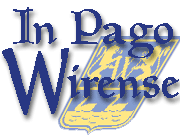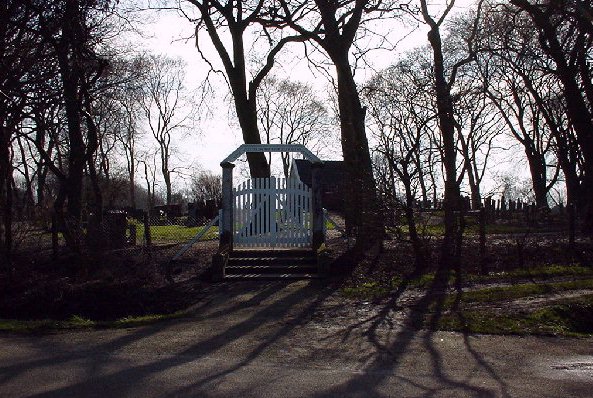

|
| |
 |

 StroeStroe today is more a hamlet than a village, with only 200 inhabitants. Stroe is said to be the oldest settlement on Wieringen. In old 14th century accounts even a Northern Stroe and a Southern Stroe are mentioned, so it used to be quite a large village once. The reason is obvious: It's location is that much above sealevel that until very recently a dyke was unnecessary. Today not much reminds of this once great village that Stroe was. There is ofcourse the museum Jan Lont, an authentical Wieringer farmhouse that houses a nice exhibition on the daily life on Wieringen before the big changes that came with the construction of the "Afsluitdijk" dam in the 1920s. Further Stroe is the place where you can find the most Wieringer farmhouses that remain from the large number that once stood on the island. Finally there is a large campingterrain at the north side of Stroe. There is an interesting story about the church that used to be in Stroe. It was a Mennonite baptist secret church that was in form not much different from the farms that stood around it. In 1934 this church burned down. A photograph of this church can be seen in the photo-database. Before that there was also a regular church, popularly referred to as the Heathen Chapel. It was consecrated to Willibrord, the 8th century missionary.
Stroe was like Vatrop and Westerklief one of the higher parts of the island. On these heights the first settlements were built. It is not too far fetched to suppose that the missionaries who came to convert the Frisian heathens on behalf of the Frankish emperor built a church on the spot of an ancient sanctuary. A usual strategy in these days. If this really happened shall remain a mystery for ever, I think. In any case this possibility will have helped in the forming of the myths that have always been around the church at Stroe. From the old documents we know that Stroe had a church as early as the first years of the 9th century.  The text on the gate of the old graveyard at Stroe says: "Stof zijt gij, en tot stof zult gij wederkeren" (Dust to dust, ashes to ashes)
The text on the gate of the old graveyard at Stroe says: "Stof zijt gij, en tot stof zult gij wederkeren" (Dust to dust, ashes to ashes)
| ||||||